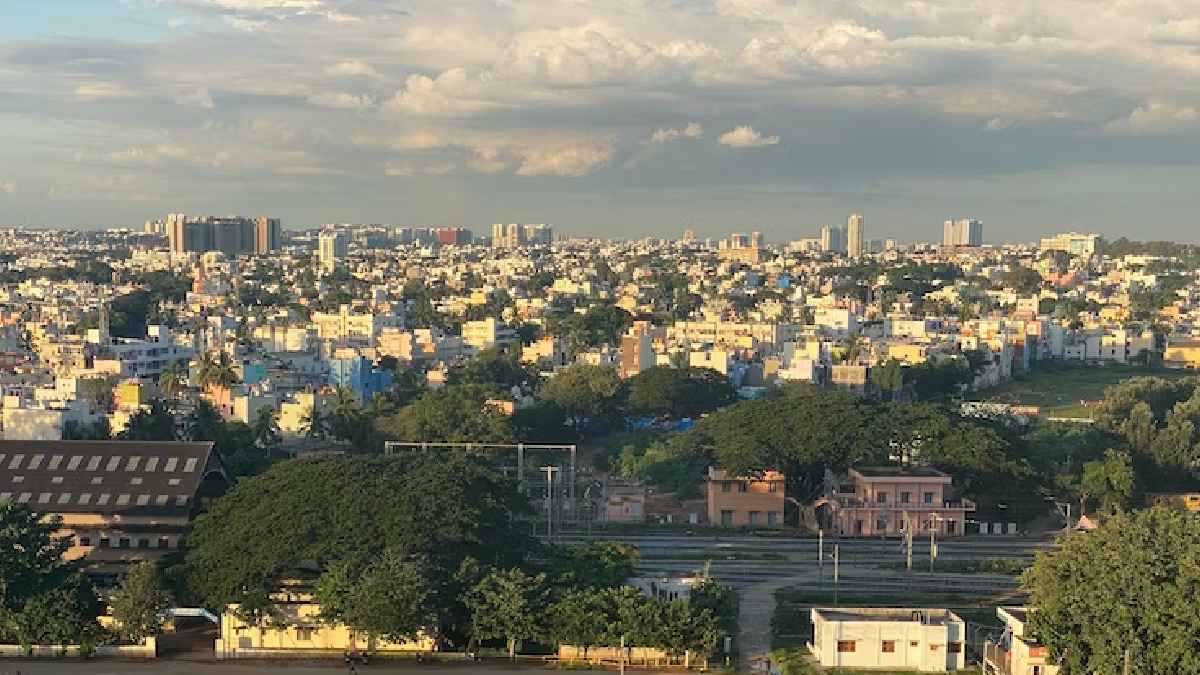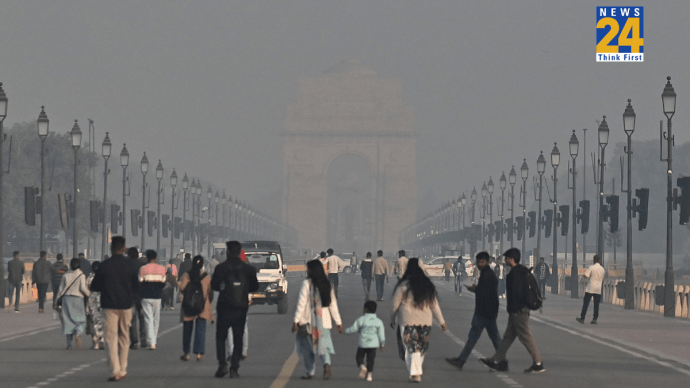New Delhi: A recent report by Knight Frank India, a prominent property consultant, unveils crucial insights into the affordability of Indian cities for residents seeking housing options. The Knight Frank Affordability Index highlights the relationship between average household income and home loan EMIs, offering a comprehensive understanding of living costs across different cities. As the housing market continues to evolve, this index sheds light on the financial burden faced by homeowners in various urban centers.
Affordability index unveiled
The Knight Frank Affordability Index gauges the percentage of income required to fund monthly home loan EMIs for a specific housing unit in a given city. An index value of 40% signifies that households need to allocate 40% of their earnings to cover housing loan EMIs. However, an EMI-to-income ratio surpassing 50% is deemed unaffordable, often deterring banks from granting mortgages.
Most expensive cities of India
Mumbai emerges as the most expensive city for housing, with an alarming EMI-to-income ratio of 55%. This means that an average household in Mumbai devotes over half of its income to home loan EMIs. Following closely is Hyderabad, where the ratio stands at 31%, closely trailed by the Delhi National Capital region at 30%.
Why is Ahmedabad epitome of affordability?
In a striking contrast, Ahmedabad in Gujarat stands out as the most affordable Indian city for residents seeking homeownership. With a modest EMI-to-income ratio of 23%, Ahmedabad offers a significant advantage to aspiring homeowners. The city’s affordability index reflects its commitment to facilitating accessible housing options.
Shifts in the market
Over the past year, housing costs have witnessed a steady increase, attributed to the Reserve Bank of India’s key lending rate hikes. These policy changes have led to an average 1-2 percentage point rise in EMI-to-income ratios across cities, amplifying the financial burden on homeowners.
Impact on homebuyers
The report reveals a nuanced impact on different segments of the housing market. While demand remains robust for mid and premium housing segments, houses priced under Rs 50 lakh have seen a decline in sales. Homebuyers in this category, often reliant on home loans, are more sensitive to rate hikes, making housing affordability a challenge.
As the market navigates interest rate fluctuations, the affordability of housing across cities will play a pivotal role in shaping the aspirations of homebuyers in India’s dynamic real estate landscape.













